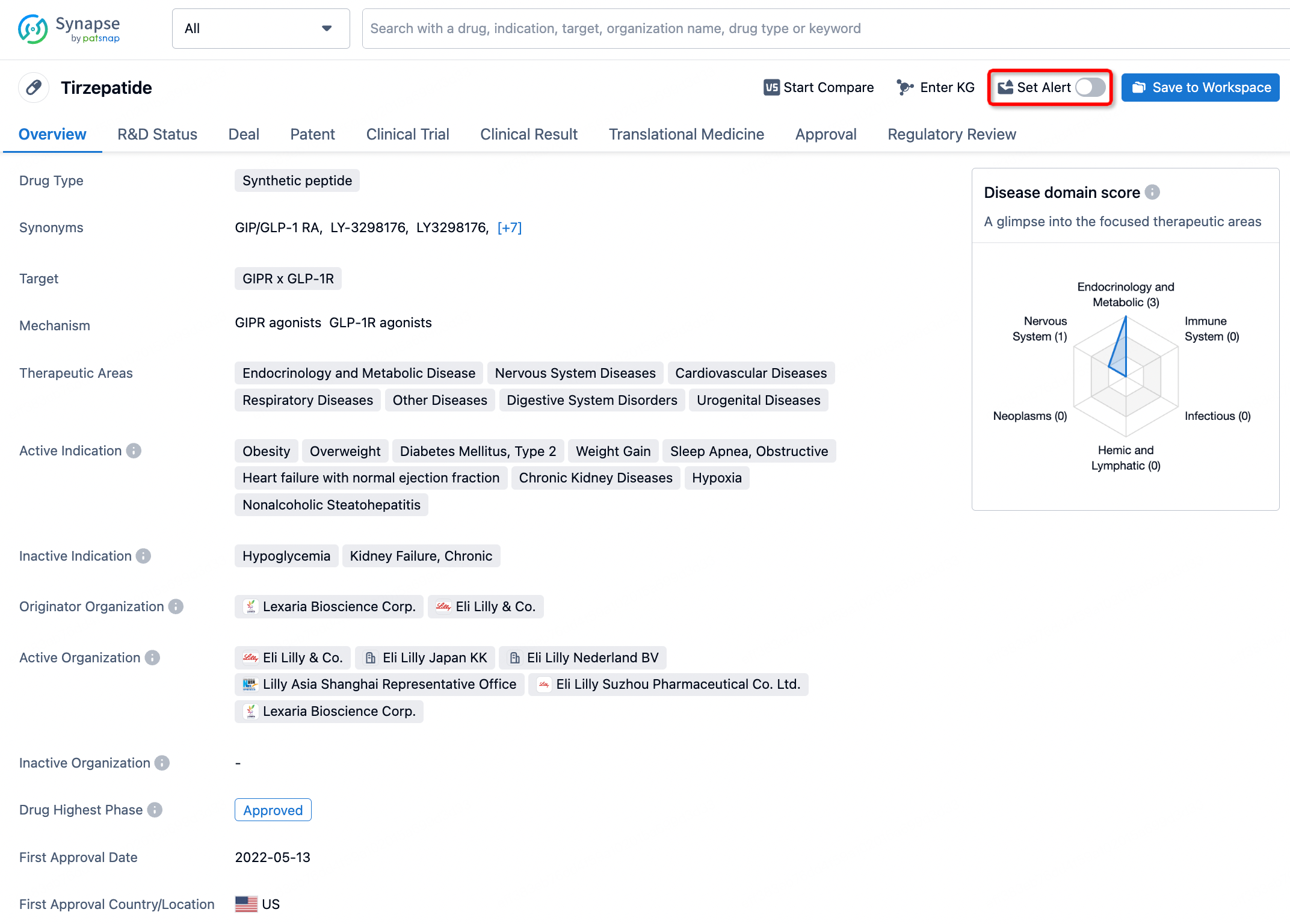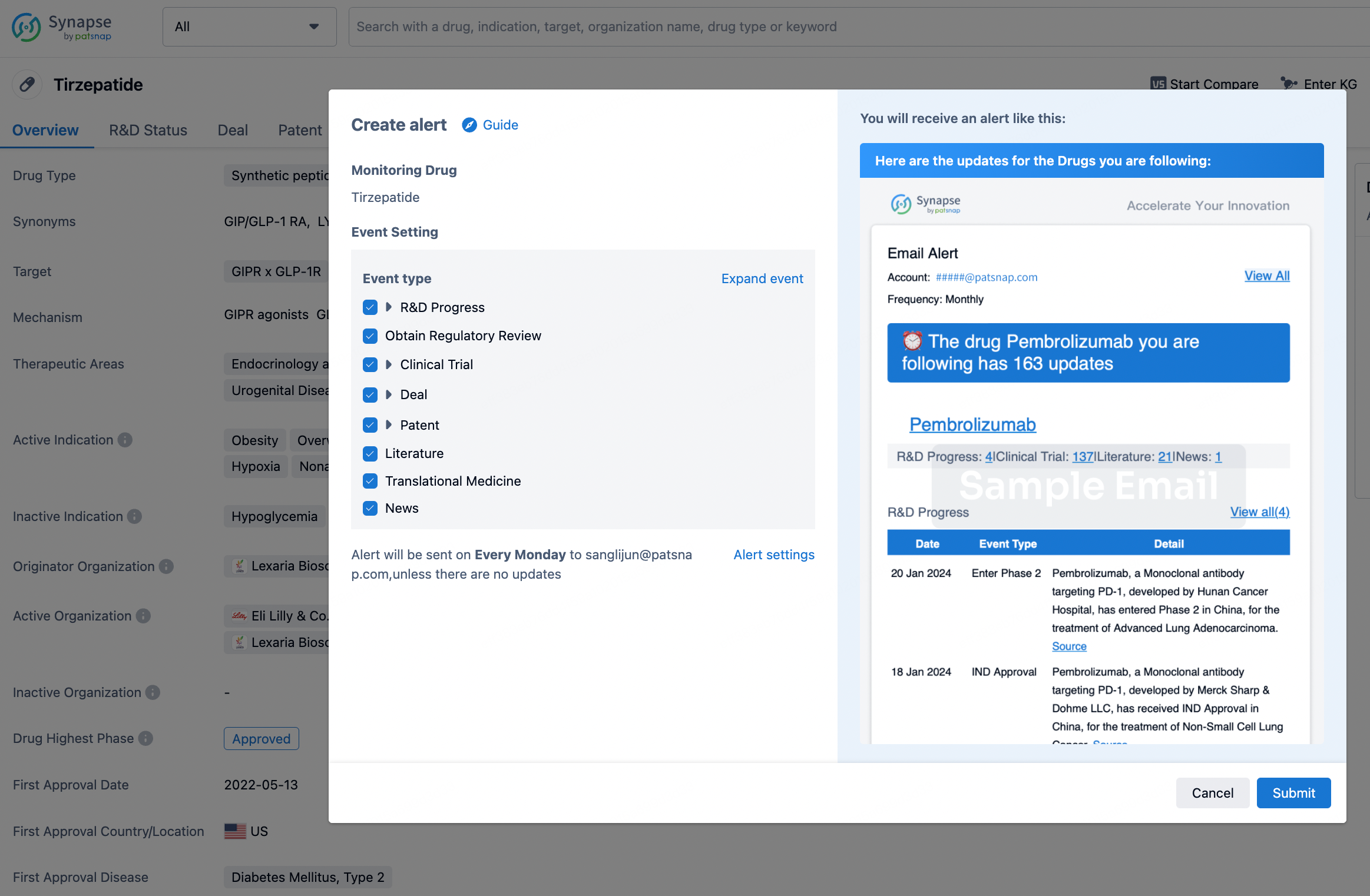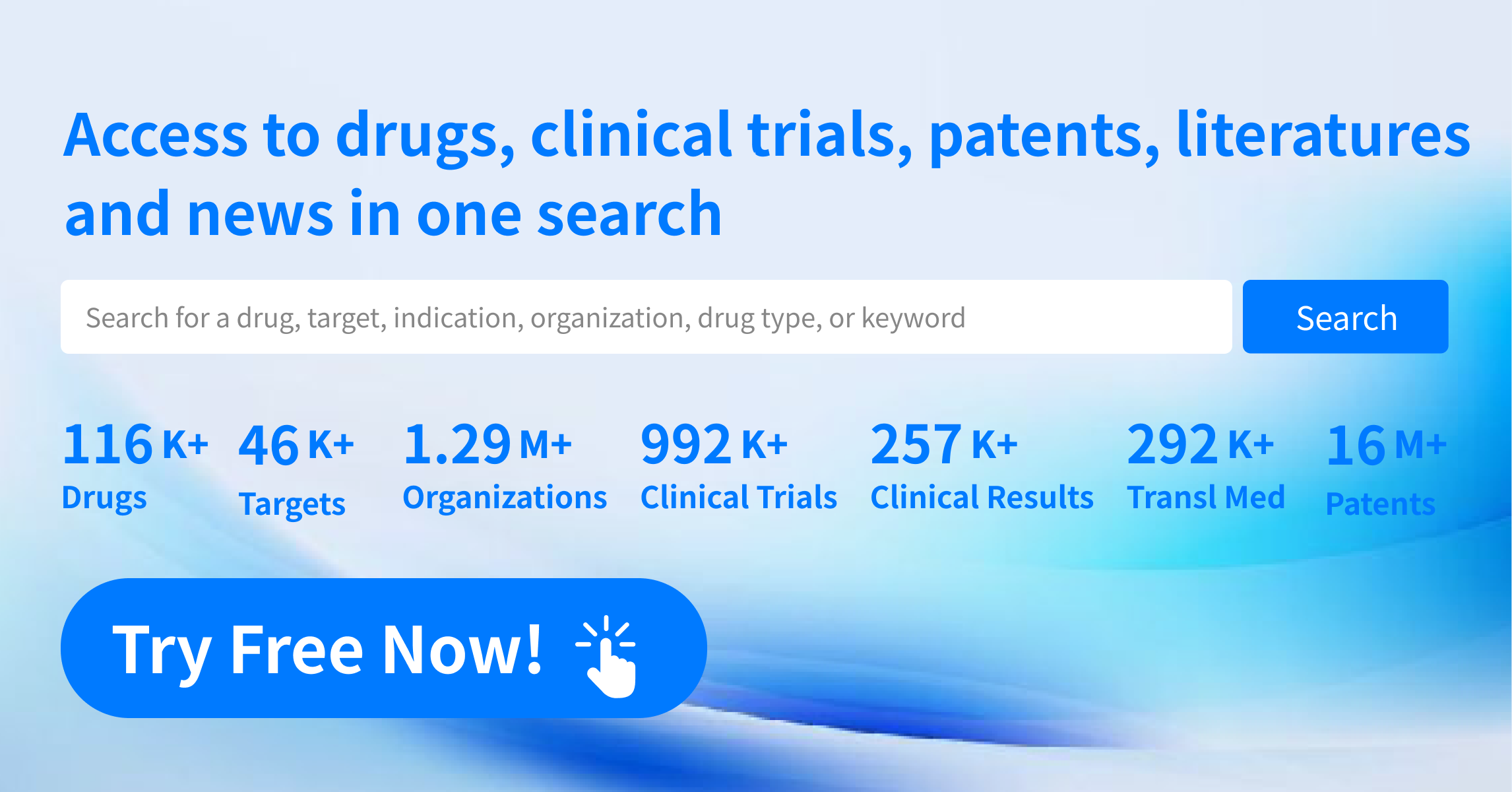Request Demo
What is Dimethoxanate Hydrochloride used for?
15 June 2024
Dimethoxanate Hydrochloride is a relatively recent addition to the pharmaceutical landscape, primarily recognized for its potential in treating certain neurological conditions. While it is not yet widely known among the general public, Dimethoxanate Hydrochloride has generated significant interest within medical research circles. This compound is currently under investigation by several leading research institutions globally. As a pharmacological agent, it falls under the category of centrally acting muscle relaxants or neuroprotective agents, depending on ongoing research findings. The drug is still in various stages of clinical trials, with research aiming to understand its full range of therapeutic effects, safety profile, and optimal usage parameters.
Dimethoxanate Hydrochloride exhibits a promising potential for applications in treating disorders such as spasticity, certain types of neuropathic pain, and possibly even neurodegenerative diseases like multiple sclerosis. Researchers at institutions like the National Institute of Neurological Disorders and Stroke (NINDS), Mayo Clinic, and several leading universities are actively studying its effects. Initial findings indicate that Dimethoxanate Hydrochloride might offer significant benefits over existing treatments, particularly in its efficacy and reduced side-effect profile. However, it remains under clinical investigation, and more comprehensive data are needed to confirm its effectiveness and safety for widespread use.
Dimethoxanate Hydrochloride Mechanism of Action
The mechanism of action for Dimethoxanate Hydrochloride is not entirely understood, but current research sheds light on its potential pathways. It is believed to work primarily through modulating neurotransmitter activity in the central nervous system. Specifically, Dimethoxanate Hydrochloride appears to enhance the inhibitory effects of gamma-aminobutyric acid (GABA) and glycine, two neurotransmitters that play critical roles in reducing neuronal excitability. By increasing the inhibitory action of these neurotransmitters, Dimethoxanate Hydrochloride can help alleviate conditions characterized by excessive neuronal activity, such as spasticity and neuropathic pain.
Additionally, Dimethoxanate Hydrochloride may influence the expression of certain ion channels on neuron surfaces, contributing to its muscle relaxant and neuroprotective effects. It has also been suggested that the drug could have anti-inflammatory properties, which would further support its role in treating neurodegenerative disorders. Ongoing studies aim to elucidate these mechanisms more clearly, providing a more comprehensive understanding of how Dimethoxanate Hydrochloride achieves its therapeutic effects.
How to Use Dimethoxanate Hydrochloride
Dimethoxanate Hydrochloride is typically administered orally, although other methods such as intravenous or intramuscular injections are being explored in clinical settings. When taken orally, the drug is available in tablet form and should be consumed with water. The exact dosage and frequency depend on the specific condition being treated, the patient’s medical history, and other individual factors. It is essential to follow the prescribing healthcare provider's instructions closely to achieve optimal outcomes.
The onset of action for Dimethoxanate Hydrochloride can vary, but patients generally begin to experience relief within 30 to 60 minutes of oral administration. The duration of its effects can last between 4 to 6 hours, necessitating multiple doses throughout the day for sustained relief. For intravenous or intramuscular injections, the onset time is usually quicker, often within 15 to 30 minutes, with a similar duration of effect.
As with any medication, regular monitoring and follow-up with the healthcare provider are crucial. Adjustments to the dosage may be required based on the patient’s response to the treatment and any side effects experienced.
What is Dimethoxanate Hydrochloride Side Effects
While Dimethoxanate Hydrochloride is generally well-tolerated, it can have side effects, some of which may be severe. The most commonly reported side effects include dizziness, drowsiness, dry mouth, and gastrointestinal disturbances such as nausea and constipation. These side effects are usually mild to moderate in severity and tend to diminish as the body adjusts to the medication.
However, more serious side effects can occur and may require immediate medical attention. These include severe allergic reactions (such as rash, itching, swelling, severe dizziness, or trouble breathing), significant changes in mood or behavior (such as confusion, hallucinations, or depression), and cardiovascular issues (such as palpitations or significant changes in blood pressure). It is critical to contact a healthcare provider immediately if any of these severe side effects are experienced.
Certain populations should avoid using Dimethoxanate Hydrochloride or use it with caution. These include individuals with a history of severe allergic reactions to similar medications, those with certain pre-existing medical conditions (such as severe liver or kidney disease), and pregnant or breastfeeding women, unless the potential benefits outweigh the risks.
What Other Drugs Will Affect Dimethoxanate Hydrochloride
Dimethoxanate Hydrochloride can interact with other medications, potentially altering its effectiveness or increasing the risk of adverse effects. It is crucial to inform the healthcare provider of all medications currently being taken, including over-the-counter drugs, supplements, and herbal products.
One of the primary concerns is the interaction with other central nervous system depressants, such as benzodiazepines, opioids, and certain antihistamines. These combinations can enhance the sedative effects of Dimethoxanate Hydrochloride, leading to increased drowsiness, dizziness, and even respiratory depression in severe cases.
Additionally, medications that affect liver enzymes responsible for drug metabolism, such as certain antibiotics (e.g., erythromycin), antifungals (e.g., ketoconazole), and antiviral drugs (e.g., ritonavir), can alter the blood levels of Dimethoxanate Hydrochloride. Such interactions might necessitate dosage adjustments to maintain therapeutic efficacy and minimize side effects.
Patients should also be cautious when consuming alcohol while taking Dimethoxanate Hydrochloride, as alcohol can potentiate the drug’s sedative effects, increasing the risk of accidents and injuries.
In conclusion, Dimethoxanate Hydrochloride holds significant promise as a therapeutic agent for various neurological conditions. While its exact mechanisms and full potential are still under investigation, the preliminary data are encouraging. Proper administration, awareness of potential side effects, and careful consideration of drug interactions are essential for optimizing its use and ensuring patient safety. As research continues, more definitive guidelines and expanded indications for Dimethoxanate Hydrochloride will likely emerge, contributing to improved patient outcomes in the field of neurology.
Dimethoxanate Hydrochloride exhibits a promising potential for applications in treating disorders such as spasticity, certain types of neuropathic pain, and possibly even neurodegenerative diseases like multiple sclerosis. Researchers at institutions like the National Institute of Neurological Disorders and Stroke (NINDS), Mayo Clinic, and several leading universities are actively studying its effects. Initial findings indicate that Dimethoxanate Hydrochloride might offer significant benefits over existing treatments, particularly in its efficacy and reduced side-effect profile. However, it remains under clinical investigation, and more comprehensive data are needed to confirm its effectiveness and safety for widespread use.
Dimethoxanate Hydrochloride Mechanism of Action
The mechanism of action for Dimethoxanate Hydrochloride is not entirely understood, but current research sheds light on its potential pathways. It is believed to work primarily through modulating neurotransmitter activity in the central nervous system. Specifically, Dimethoxanate Hydrochloride appears to enhance the inhibitory effects of gamma-aminobutyric acid (GABA) and glycine, two neurotransmitters that play critical roles in reducing neuronal excitability. By increasing the inhibitory action of these neurotransmitters, Dimethoxanate Hydrochloride can help alleviate conditions characterized by excessive neuronal activity, such as spasticity and neuropathic pain.
Additionally, Dimethoxanate Hydrochloride may influence the expression of certain ion channels on neuron surfaces, contributing to its muscle relaxant and neuroprotective effects. It has also been suggested that the drug could have anti-inflammatory properties, which would further support its role in treating neurodegenerative disorders. Ongoing studies aim to elucidate these mechanisms more clearly, providing a more comprehensive understanding of how Dimethoxanate Hydrochloride achieves its therapeutic effects.
How to Use Dimethoxanate Hydrochloride
Dimethoxanate Hydrochloride is typically administered orally, although other methods such as intravenous or intramuscular injections are being explored in clinical settings. When taken orally, the drug is available in tablet form and should be consumed with water. The exact dosage and frequency depend on the specific condition being treated, the patient’s medical history, and other individual factors. It is essential to follow the prescribing healthcare provider's instructions closely to achieve optimal outcomes.
The onset of action for Dimethoxanate Hydrochloride can vary, but patients generally begin to experience relief within 30 to 60 minutes of oral administration. The duration of its effects can last between 4 to 6 hours, necessitating multiple doses throughout the day for sustained relief. For intravenous or intramuscular injections, the onset time is usually quicker, often within 15 to 30 minutes, with a similar duration of effect.
As with any medication, regular monitoring and follow-up with the healthcare provider are crucial. Adjustments to the dosage may be required based on the patient’s response to the treatment and any side effects experienced.
What is Dimethoxanate Hydrochloride Side Effects
While Dimethoxanate Hydrochloride is generally well-tolerated, it can have side effects, some of which may be severe. The most commonly reported side effects include dizziness, drowsiness, dry mouth, and gastrointestinal disturbances such as nausea and constipation. These side effects are usually mild to moderate in severity and tend to diminish as the body adjusts to the medication.
However, more serious side effects can occur and may require immediate medical attention. These include severe allergic reactions (such as rash, itching, swelling, severe dizziness, or trouble breathing), significant changes in mood or behavior (such as confusion, hallucinations, or depression), and cardiovascular issues (such as palpitations or significant changes in blood pressure). It is critical to contact a healthcare provider immediately if any of these severe side effects are experienced.
Certain populations should avoid using Dimethoxanate Hydrochloride or use it with caution. These include individuals with a history of severe allergic reactions to similar medications, those with certain pre-existing medical conditions (such as severe liver or kidney disease), and pregnant or breastfeeding women, unless the potential benefits outweigh the risks.
What Other Drugs Will Affect Dimethoxanate Hydrochloride
Dimethoxanate Hydrochloride can interact with other medications, potentially altering its effectiveness or increasing the risk of adverse effects. It is crucial to inform the healthcare provider of all medications currently being taken, including over-the-counter drugs, supplements, and herbal products.
One of the primary concerns is the interaction with other central nervous system depressants, such as benzodiazepines, opioids, and certain antihistamines. These combinations can enhance the sedative effects of Dimethoxanate Hydrochloride, leading to increased drowsiness, dizziness, and even respiratory depression in severe cases.
Additionally, medications that affect liver enzymes responsible for drug metabolism, such as certain antibiotics (e.g., erythromycin), antifungals (e.g., ketoconazole), and antiviral drugs (e.g., ritonavir), can alter the blood levels of Dimethoxanate Hydrochloride. Such interactions might necessitate dosage adjustments to maintain therapeutic efficacy and minimize side effects.
Patients should also be cautious when consuming alcohol while taking Dimethoxanate Hydrochloride, as alcohol can potentiate the drug’s sedative effects, increasing the risk of accidents and injuries.
In conclusion, Dimethoxanate Hydrochloride holds significant promise as a therapeutic agent for various neurological conditions. While its exact mechanisms and full potential are still under investigation, the preliminary data are encouraging. Proper administration, awareness of potential side effects, and careful consideration of drug interactions are essential for optimizing its use and ensuring patient safety. As research continues, more definitive guidelines and expanded indications for Dimethoxanate Hydrochloride will likely emerge, contributing to improved patient outcomes in the field of neurology.
How to obtain the latest development progress of all drugs?
In the Synapse database, you can stay updated on the latest research and development advances of all drugs. This service is accessible anytime and anywhere, with updates available daily or weekly. Use the "Set Alert" function to stay informed. Click on the image below to embark on a brand new journey of drug discovery!
AI Agents Built for Biopharma Breakthroughs
Accelerate discovery. Empower decisions. Transform outcomes.
Get started for free today!
Accelerate Strategic R&D decision making with Synapse, PatSnap’s AI-powered Connected Innovation Intelligence Platform Built for Life Sciences Professionals.
Start your data trial now!
Synapse data is also accessible to external entities via APIs or data packages. Empower better decisions with the latest in pharmaceutical intelligence.


